Nowadays most industrial organizations are realizing their transition to the fourth industrial revolution (Industry 4.0) based on the digitalization of their production processes. This digitalization is powered by the introduction of Cyber-Physical Production Systems (CPPS) in production facilities like industrial plants, manufacturing shopfloors, and oil refineries. Robots are among the most prominent types of CPPS systems: They comprise many physical parts that are controlled by digital sub-systems. Robots play a key role in the automation of industrial processes while boosting the productivity and flexibility of industrial organizations. Nevertheless, robots operate autonomously and independently from human workers. This is not always desirable, as humans remain the most flexible and intelligent resources in the production shopfloor. This has recently given rise to the novel concept of collaborative robots (i.e. Cobots), which are special types of robots that operate based on direct interaction with human workers. Collaborative robots entail human-robot collaboration within a shared space and in close proximity. This is the key difference between conventional industrial robots and cobots: Cobots involve the human in the loop, while tradition industrial robots operate in isolation from human contact.
Cobots Benefits and Applications
Cobots come with many benefits, which lead industrial organizations to consider their adoption and wider use. One of their benefits is that they can be designed, implemented and deployed much faster than traditional robots. Furthermore, they can be easily repurposed and reused across different tasks. Most importantly, they are very effective as they leverage the power of human-robot collaboration. In essence, a cobot can be seen as one more employee that is deployed as a helping hand that boosts the productivity of industrial workers. The deployment of cobots does not replace workers, but rather helps them in tedious and challenging tasks. This is positive from the social perspective, while boosting the satisfaction of employees.
In practice, cobots can be used in a variety of industrial processes and tasks such as:
- Pick and Place: Robots can be used to identify parts or objects that must be packaged. This is very useful in the scope of warehouse management tasks, which involve repetitive manual “pick and place tasks” that are performed by humans. Pick and place cobots can automate such manual tasks based on an end-effector that can grasp the object and a powerful vision system that helps them locate the object. Human involvement can be very effective in cases of objects that are difficult to identify or to grasp.
- Packaging and Palletizing: This process can be seen as a special case of pick and place. It also involves the placing of products on a pallet as part of their preparation for shipping. To this end, cobots that synchronize robotic movements with a conveyor are deployed. In cases of products with non-uniform shape there is also a need for an advanced vision system that helps identify them.
- Quality Control: One of the killer applications for cobots involves the quality inspection of manufactured parts. Robotic cells are used to audit the quality of finished parts or products, using for example high resolution images. In this direction, various cameras can be deployed in the cobot, along with vision systems that compare the features of the part with reference computer-generated models. The deployment of cobots in quality control is expected to open new horizons in the implementation of Quality Management methods, as well as in realizing the vision of Zero Defect Manufacturing (ZDM).
- Finishing Tasks (e.g., polishing, grinding, and deburring): Cobots can provide a helping hand for manual finishing tasks. The latter tend to be repetitive and to require large amounts of force. They are typically carried out by human operators based on manual tools. Cobots can be programmed to perform these repetitive tasks, towards making finishing processes much more effective and accurate.
Active Learning: Humans Teaching Robots
Much of the added value of cobots stems from their ability to interact with humans. This interaction can facilitate the programming of the robots, through helping them to “learn on the job” based on their interaction with humans. In principle, cobots are programmed like conventional robots. In this direction, they incorporate Artificial Intelligence (AI) systems and algorithms, along with knowledge bases that consolidate their knowledge about how to best perform their tasks. The latter knowledge bases are initialized with a set of concepts and then evolve over time as the robot acquires more data and experience from performing the task. However, cobots can acquire knowledge from their interactions with human workers, which is not possible for traditional robots.
As a prominent example, in the scope of a quality inspection task, a human worker can teach a cobot about whether a manufactured part is of acceptable quality or defected. This is very useful in cases where the cobot is unable to classify the part i.e. there is a lack of adequate information in its knowledge base. This can be remedied by retraining the cobot with new data that comprise information about the quality of the unknown part. Nevertheless, this retraining can take time, which could temporarily lead to the robot’s inability to classify certain parts. In such cases, the human worker can intervene and help the robot classify the part, while rapidly updating the knowledge base of the cobot about it. In this way, the process of knowledge acquisition by the cobot is significantly accelerated. This collaborative knowledge acquisition process is enabled by novel forms of Artificial Intelligence, such as Active Learning. Active Learning is one of the ways humans can teach robots on how to perform tasks. It can for example be used in the cases of the finishing tasks that are outlined above, where humans can demonstrate to the robot how to operate an industrial tool. Accordingly, cobots could be programmed to mimic the movements of the human worker in order to perform the finishing task.
Cobots and the Future of Work
The proliferation of industrial robots is shaping the future of work. Many governments and enterprises all around the world are deeply concerned about the social implications of the future of work. The introduction of robots in industrial processes will make several workers redundant. It will also lead to the introduction of a whole new range of jobs, which will however require workers with radically different skills from the skills of traditional factory workers. In this context, cobots can play a positive role in making the transition to the future of work as smooth as possible. This is because cobots are designed to work with people in industrial plants, rather than replacing them. Moreover, cobots are much easier accepted by factory workers than traditional robots. They offer tangible benefits to human workers, such as assistance in tedious, dangerous, boring, and monotonous tasks. Hence, cobots enable humans to focus on interesting and productive tasks, while boosting the creation of a safer and more productive working environment.
In the next couple of years, cobots’ deployments in industrial environments will proliferate. This will be largely due to the evolution of their enabling technologies such as visual signal processing and AI. Likewise, human workers and decision-makers will boost the adoption and wider use of cobots in processes like picking and quality inspections. Cobots are coming soon to an industrial plant near you. Industrial enterprises must, therefore, become prepared on how to get the most out of them.
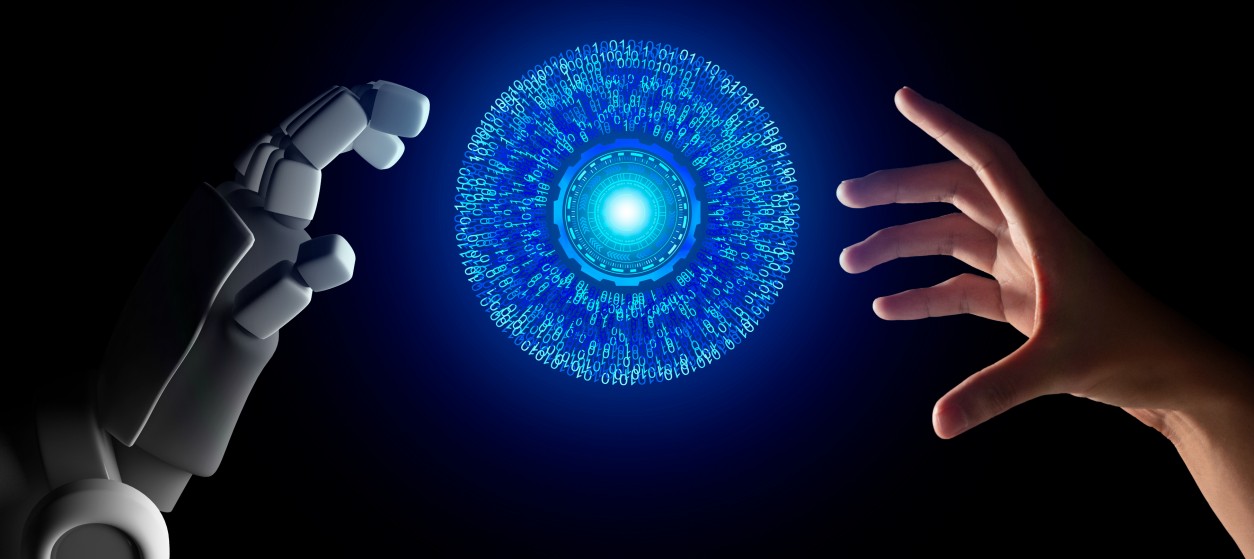

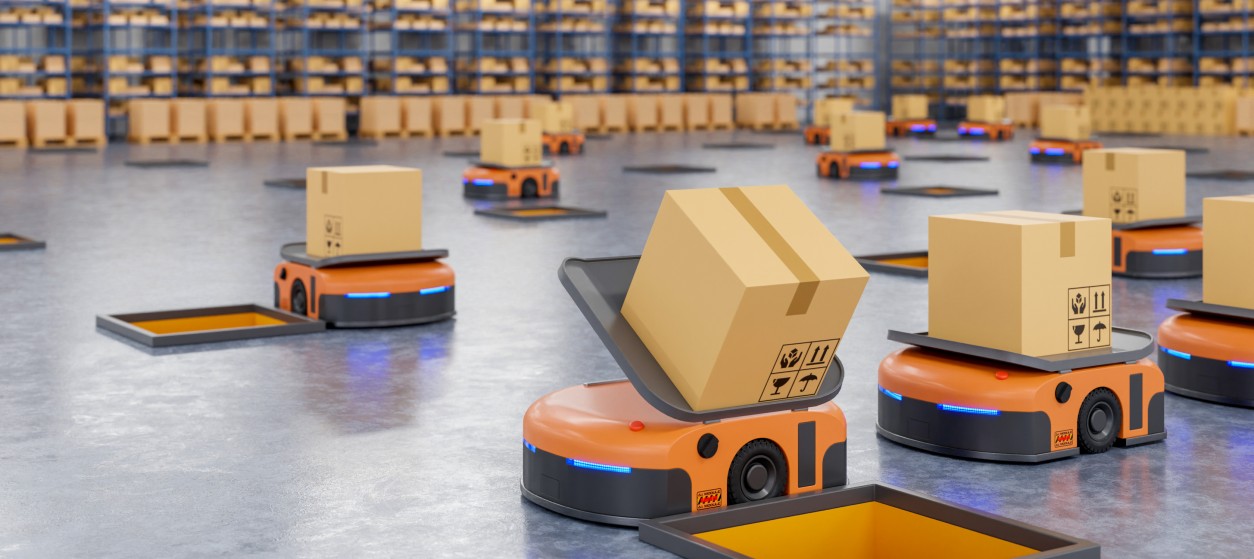
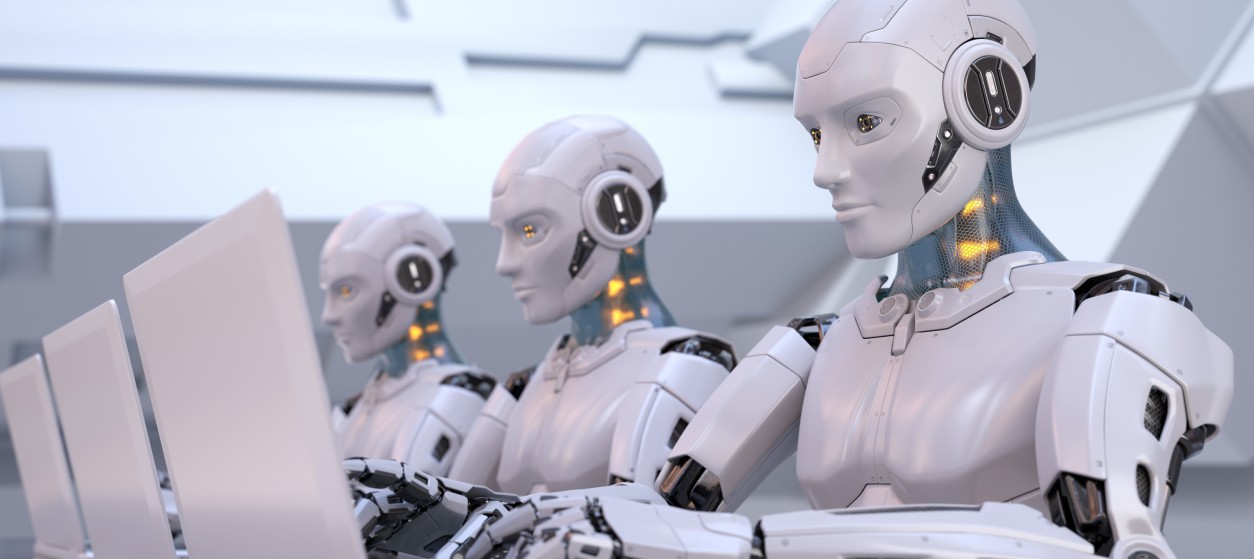
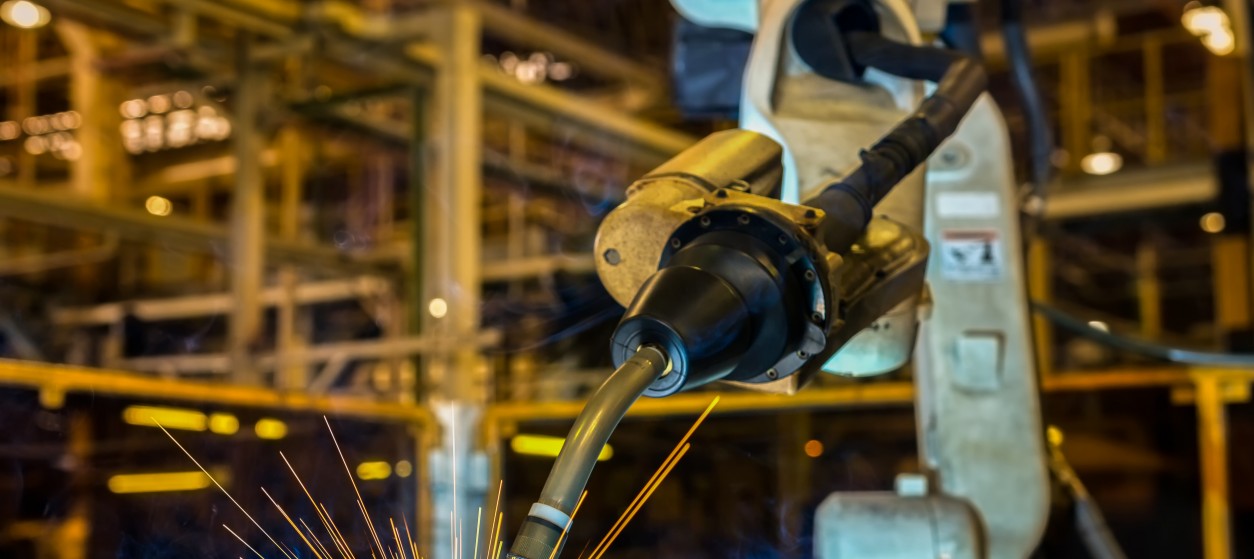
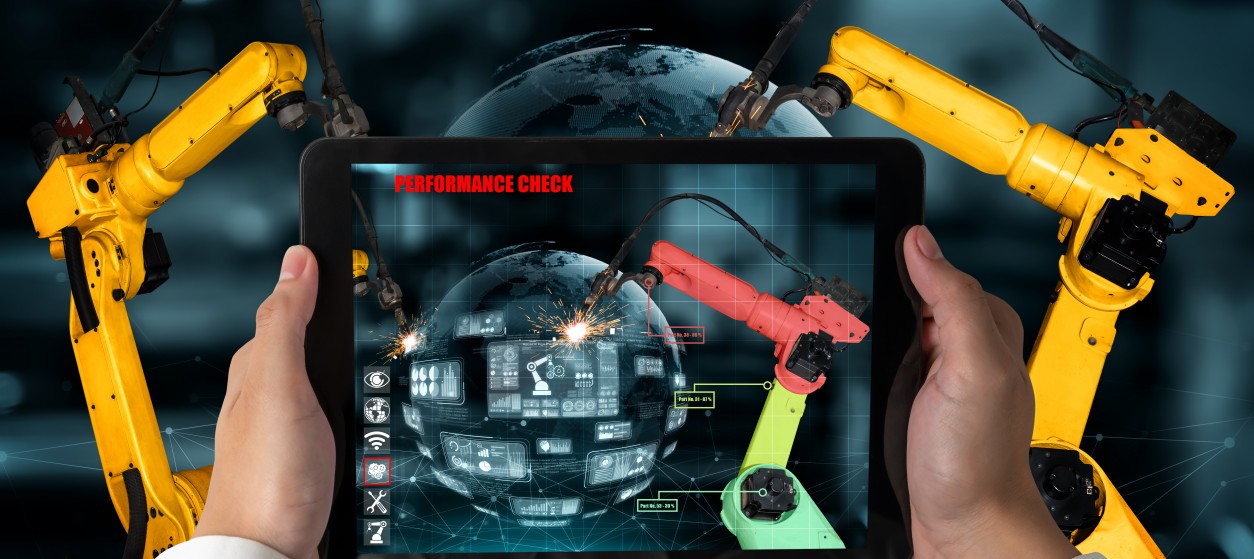





Heyy there, You’ve done a fantastic job. I
will definitely digg iit and personally suggestt to
my friends. I’m sure they will be benefited from this site. https://bandurart.mystrikingly.com/
Wow that was unusual. I just wrote an extremely long comment buut after I clicked submit my comment didn’t appear.
Grrrr… well I’m not writing all that over again. Anyhow, just wanted to say wonderful blog! https://Asamigames.com/
I am regular visitor, how are you everybody?
This piece of writing posted at this website is truly fastidious. https://Asamigames.com/